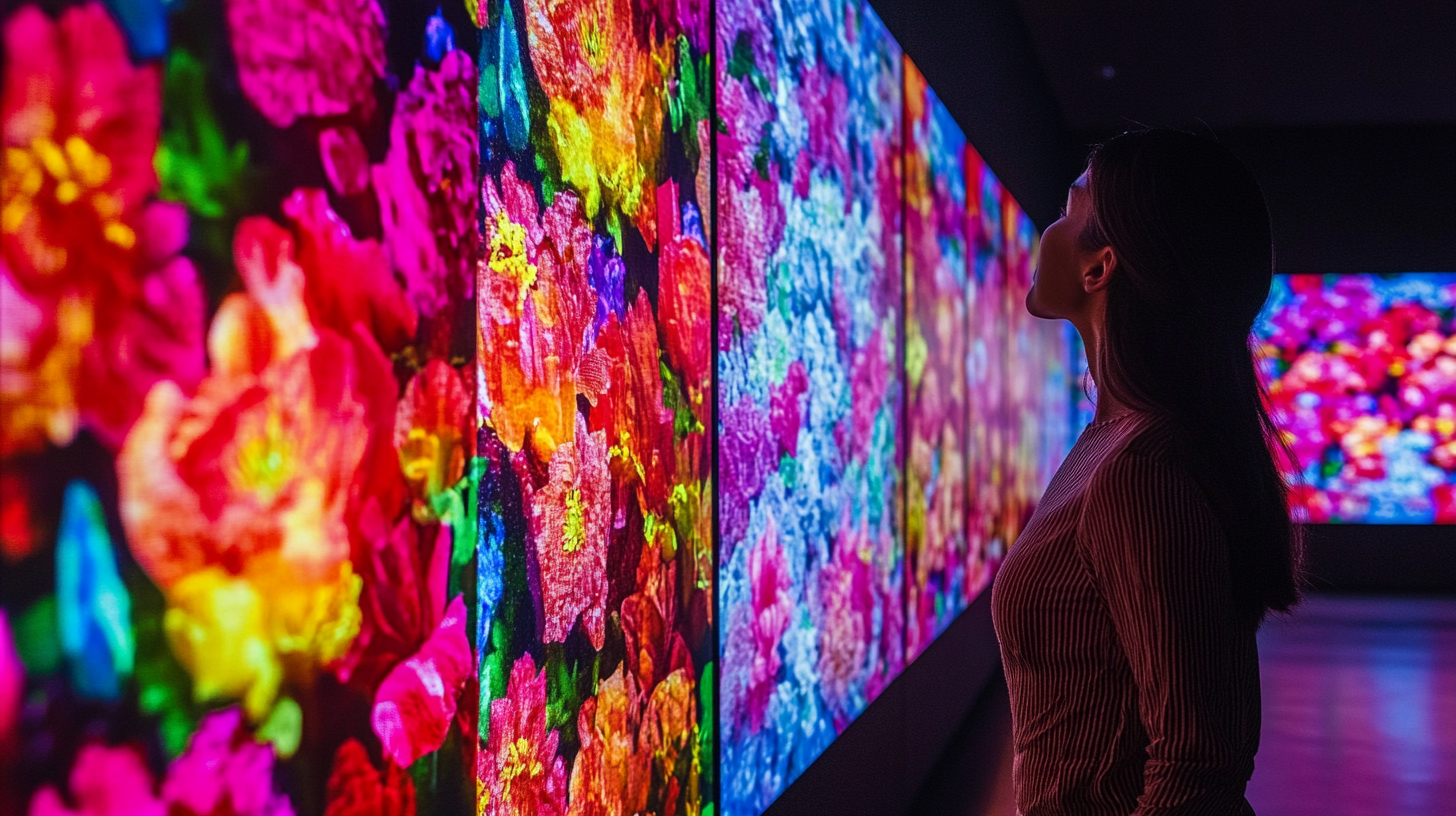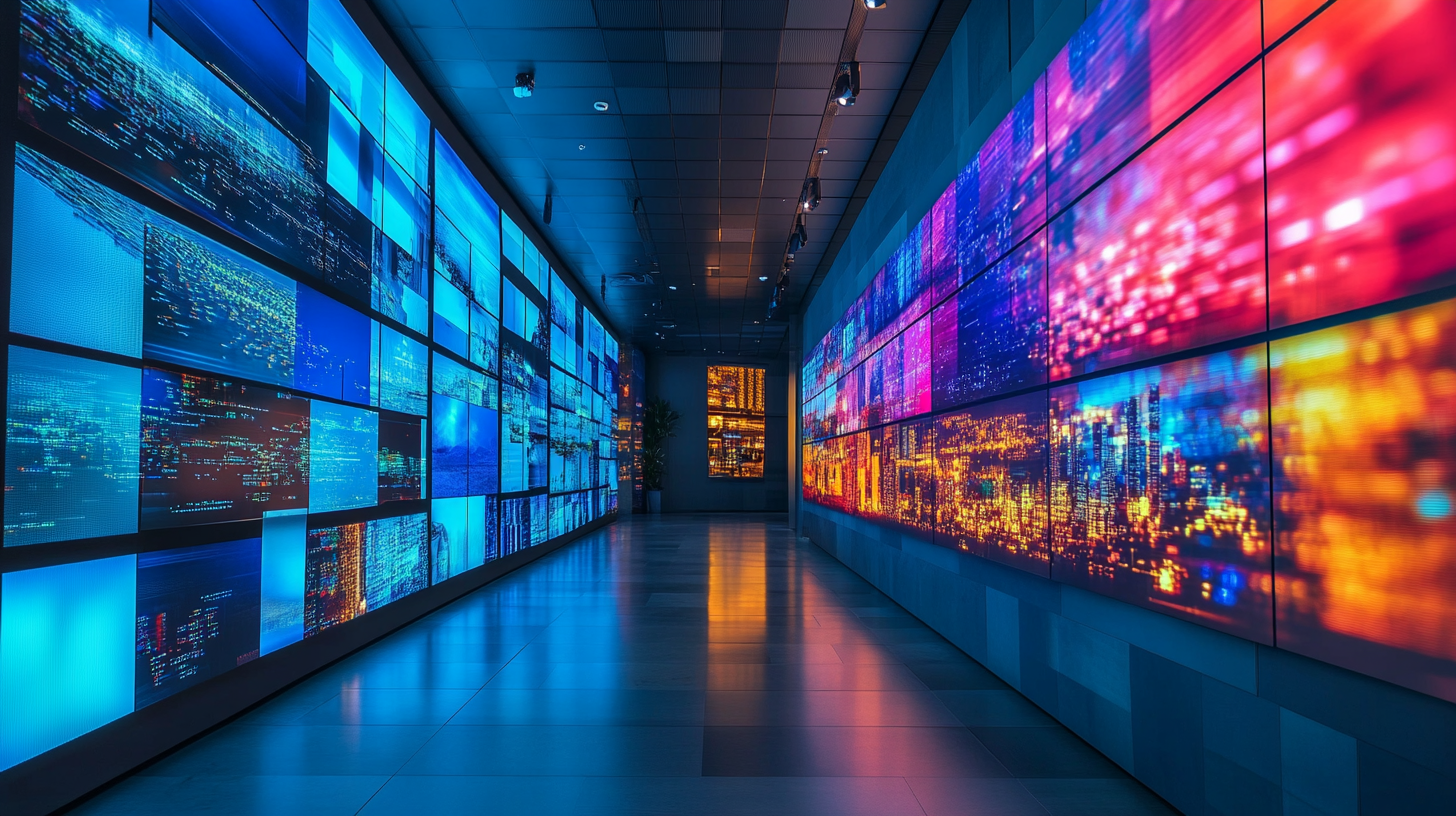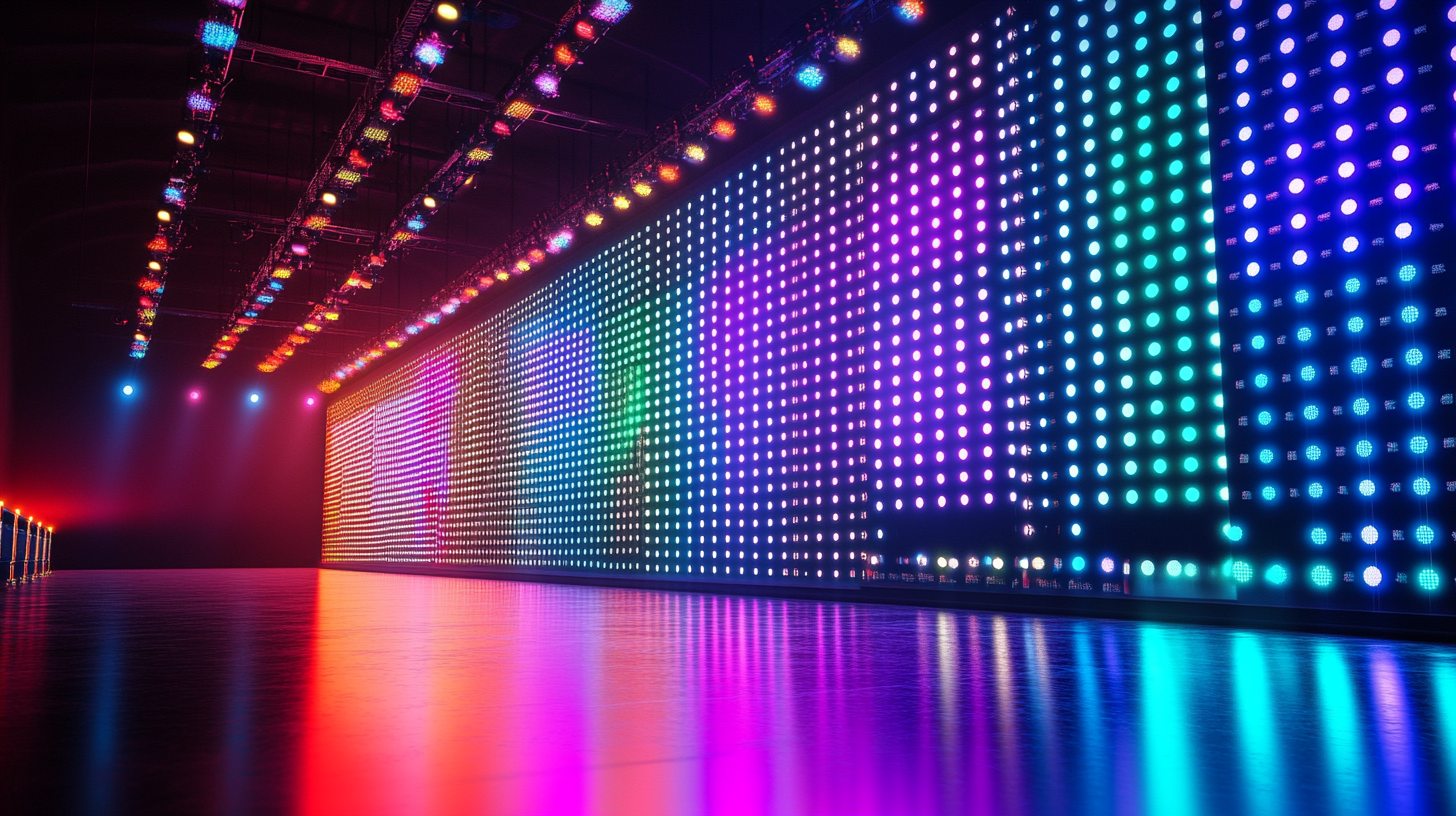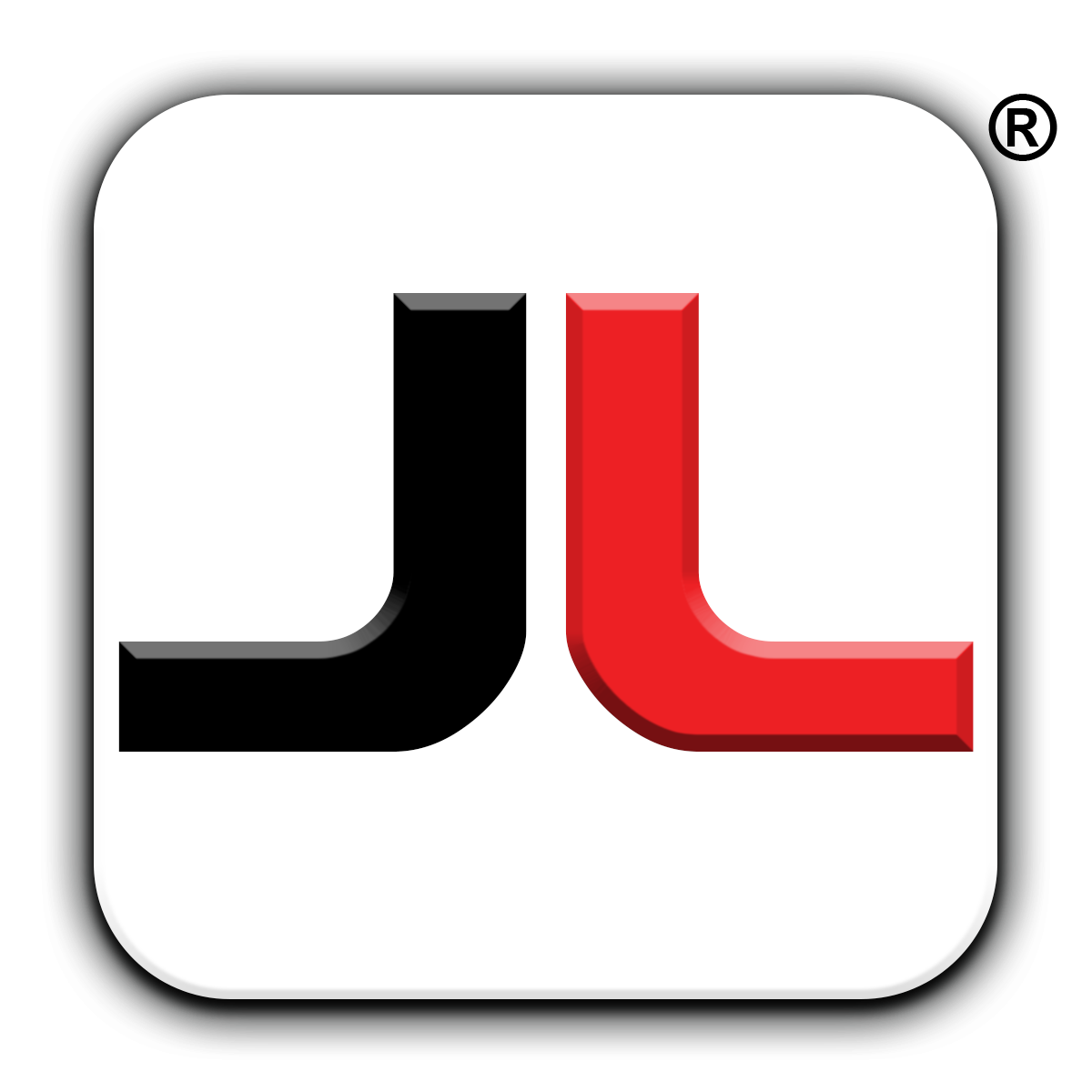Comprehensive Technical Specifications for Premium LED Products: A Global Sourcing Guide
As the demand for energy-efficient lighting solutions continues to rise, LED products have fundamentally transformed the global lighting market. According to a report by Fortune Business Insights, the global LED lighting market was valued at approximately USD 76.8 billion in 2020 and is projected to reach USD 160.0 billion by 2028, growing at a compound annual growth rate (CAGR) of 9.1%. This significant growth is driven by the increasing emphasis on sustainable and eco-friendly solutions, coupled with advancements in LED technology that enhance their efficiency and longevity.
In this context, sourcing high-quality LED products has become a critical aspect for manufacturers and retailers aiming to meet consumer demands and regulatory standards. The comprehensive technical specifications outlined in this guide aim to facilitate informed purchasing decisions, ensuring that businesses can effectively navigate the diverse market landscape. By understanding the essential features of LED products, stakeholders can enhance their competitive edge while contributing to a greener future. Given the rapid pace of innovation in this sector, staying updated on technical standards and specifications is paramount for success in the evolving market.

Understanding Key Factors in Premium LED Product Quality
When it comes to premium LED products, understanding the fundamental factors that influence their quality is essential for effective global sourcing. One key element is the selection of materials, which significantly impacts the performance and lifespan of LED fixtures. High-quality semiconductors, for example, enhance brightness and efficiency, while durable housing materials ensure resilience against environmental factors. It’s crucial for buyers to evaluate the sourcing practices of manufacturers, ensuring they use top-tier materials that meet international standards. Another critical factor is the manufacturing process itself. Advanced technologies and stringent quality control measures during production are indicative of premium LED quality. This includes testing for thermal management and efficacy, which help prevent issues like overheating and inefficiency. Buyers should look for certifications, such as ISO and LM80, as these signify a commitment to high production standards. Lastly, the reputation and track record of the supplier play a significant role in determining the quality of LED products. Established brands often have a history of reliability, customer satisfaction, and innovation. Investigating customer reviews, case studies, and after-sales support can provide valuable insights into the overall quality assurance processes of suppliers, helping buyers make informed decisions in the competitive global LED market.

Navigating Global Standards and Certifications for LED Lighting
When sourcing premium LED products, navigating global standards and certifications is crucial for ensuring compliance, safety, and quality. LED lighting is subject to various regulations that can vary significantly by region. Understanding these standards not only helps manufacturers produce reliable products but also aids distributors and retailers in making informed decisions. The most recognized certifications—such as UL, CE, and RoHS—serve as benchmarks for quality assurance, promoting safety in electrical products worldwide.
In Europe, for instance, compliance with the EU's CE marking indicates that a product meets safety and environmental requirements. Similarly, in the United States, UL certification is vital for products intended for any commercial application. These certifications involve rigorous testing processes conducted by independent third-party organizations, ensuring that the LED products meet specified criteria for performance and safety.
Companies that prioritize compliance with these global standards can significantly enhance their reputation in the marketplace. Furthermore, as consumers become increasingly aware of product quality and safety, such certifications can serve as a competitive advantage. Therefore, understanding and leveraging these global standards is essential for businesses looking to thrive in the highly competitive LED lighting industry.

Comparative Analysis of LED Technologies: Choosing the Right Solution
When it comes to selecting the right LED technology, understanding the nuances of various options available in the market is crucial. LEDs can vary significantly in terms of performance, energy efficiency, and longevity, making a comparative analysis essential for any business or individual looking to invest in premium LED products. Different types of LED technologies, including COB (Chip on Board), SMD (Surface-Mount Device), and OLED (Organic Light Emitting Diode), each come with their unique benefits and challenges that can impact the effectiveness of the final product.
COB LEDs, for example, offer high luminous efficacy and superior thermal performance, making them suitable for applications requiring high brightness and compact designs. On the other hand, SMD technology is favored for its versatility and ease of integration into various fixtures, allowing for flexible designs and ample customization. OLEDs, while still emerging, are notable for their ability to produce even light diffusion and vibrant colors, which can elevate aesthetic qualities in architectural and artistic lighting designs.
By taking a deep dive into these technologies, consumers can make an informed choice that aligns with their specific requirements, whether it be for energy savings, color rendering, or lifespan. It’s not just about choosing an LED; it’s about selecting the right type that complements the intended application, ensuring efficiency, cost-effectiveness, and long-term satisfaction.

Sourcing Strategies: Building Relationships with Trusted LED Suppliers
When it comes to sourcing premium LED products, building strong relationships with trusted suppliers is paramount. This approach not only enhances product quality but also streamlines the supply chain process. Establishing open lines of communication can lead to a better understanding of mutual expectations, ensuring both parties align on specifications, pricing, and delivery schedules.
Networking and attending industry events can serve as effective strategies to connect with reputable LED suppliers. Engaging in face-to-face conversations fosters trust and allows potential partners to showcase their innovations and capabilities. Moreover, leveraging platforms such as trade shows and expos can unveil new suppliers that adhere to high standards of quality and sustainability.
Another critical strategy is conducting thorough due diligence on potential suppliers. This includes reviewing their production processes, quality certifications, and customer testimonials. By analyzing these aspects, businesses can identify suppliers that not only meet their requirements but also share a commitment to ethical practices. Building a partnership based on transparency and reliability not only benefits the sourcing process but also sets the stage for long-term collaboration and growth in the competitive LED market.
Cost vs. Performance: Evaluating ROI for Premium LED Investments
Investing in premium LED products has become a strategic decision for many businesses seeking to improve energy efficiency and reduce operational costs. With the increasing push for sustainability, companies must evaluate the return on investment (ROI) associated with high-quality LED lighting. According to a report by the U.S. Department of Energy, LEDs use up to 75% less energy than incandescent lighting and last 25 times longer, making them a cost-effective choice over their lifespan.
When assessing ROI for premium LED investments, one must consider both direct and indirect benefits. Directly, premium LEDs may have a higher upfront cost, but their energy efficiency results in lower electricity bills. In fact, a study by Navigant Research found that commercial buildings can save an average of $3,200 per year by transitioning from traditional lighting to premium LED solutions.
Indirectly, premium LED lighting enhances workplace productivity and employee satisfaction. A report from the Lighting Research Center indicates that improved lighting quality can lead to better concentration and reduced eye strain, fostering a healthier work environment. Additionally, businesses can strengthen their brand image by prioritizing sustainability through the adoption of premium LED technologies.
Ultimately, the evaluation of cost versus performance in premium LED investments is not just about lower energy bills; it's about gaining a competitive advantage in an increasingly eco-conscious marketplace. Companies that strategically invest in premium LED solutions are not only improving their bottom line but are also contributing to environmental stewardship and corporate responsibility.
Quality Commercial LED Lighting specializing in LED Tubes, LED Bulbs, LED Troffers, LED Door Kits, LED Retrofit Kits, LED Panels, LED Spot Lights, LED Wall Packs, LED Lamps, LED Drivers, LED Accessories, LED Lights, LED Sales, and LED Manufacturing. Headquartered in Atlanta, Georgia, USA.

